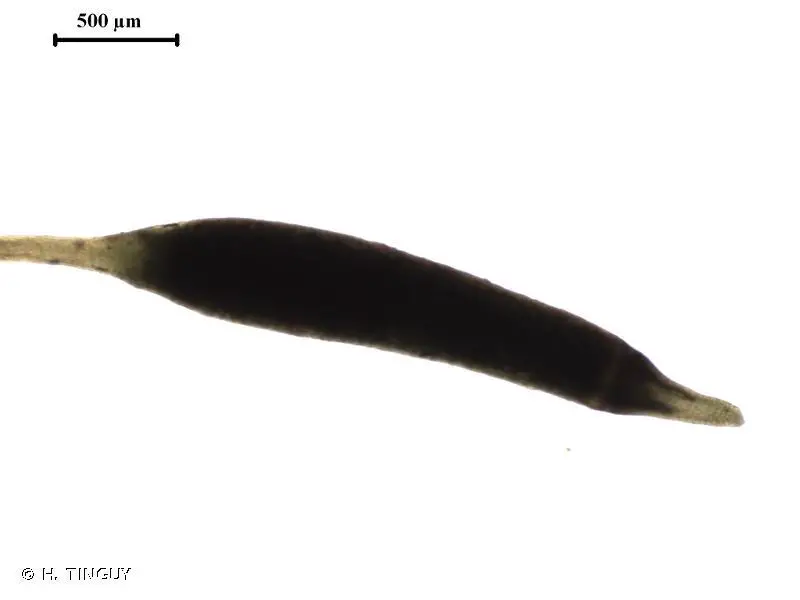
210211.jpg from: https://inpn.mnhn.fr/espece/cd_nom/4709
Introduction
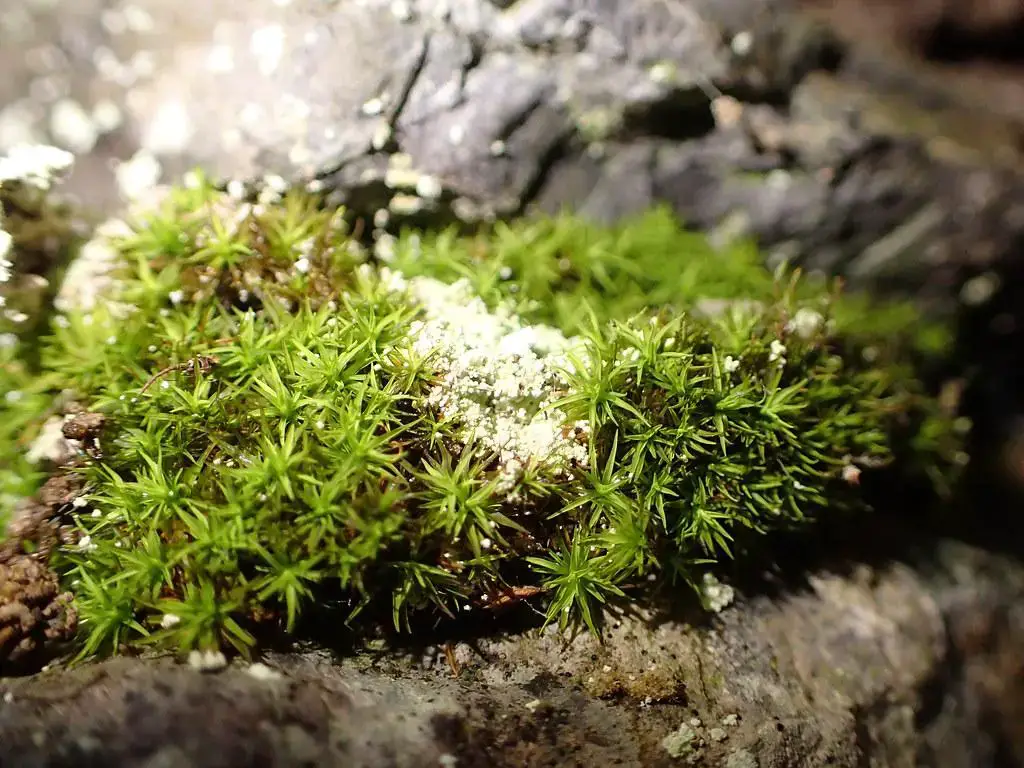
52217537864_8ff5bbaf52_b.jpg from: https://www.flickr.com/photos/herbier/52217537864
In the vast and captivating world of bryophytes, one particular moss species stands out for its unique characteristics and ecological significance. Bryoerythrophyllum recurvirostrum (Hedw.) P.C.Chen, commonly known as Bryoerythrophyllum, is a member of the Pottiaceae family and belongs to the phylum Bryophyta, class Bryopsida. This unassuming yet remarkable moss has captured the attention of enthusiasts and researchers alike, offering a fascinating glimpse into the intricate tapestry of nature.
Background
Before delving into the intricacies of Bryoerythrophyllum recurvirostrum, it’s essential to understand the broader context of bryophytes. These non-vascular plants, which include mosses, liverworts, and hornworts, play a crucial role in various ecosystems. They are often overlooked due to their diminutive size, but their ecological significance cannot be overstated. Bryophytes act as pioneers, colonizing bare and disturbed areas, and contribute to soil formation and moisture retention.
Main Content
Morphology and Identification
Bryoerythrophyllum recurvirostrum
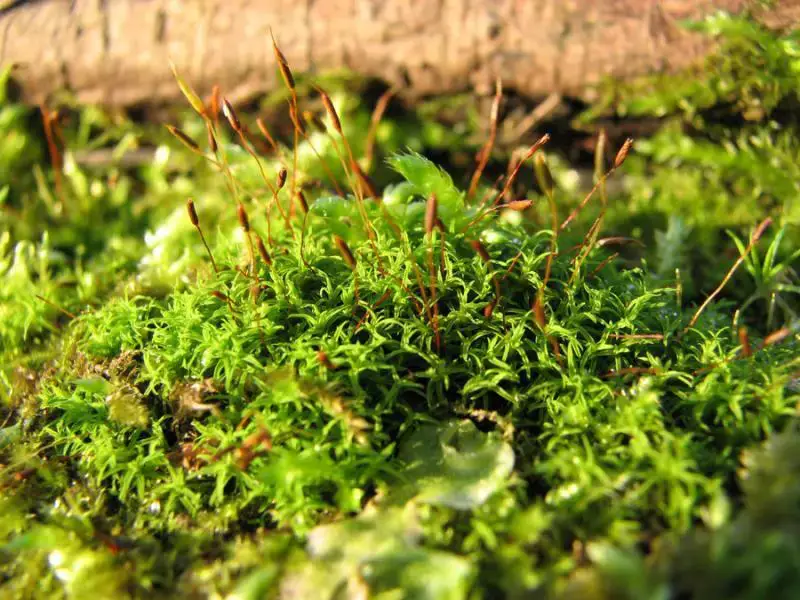
1821321.jpg from: https://observations.be/species/17274/
is a small, acrocarpous moss that forms dense tufts or cushions. Its leaves are lanceolate to ovate-lanceolate, with a distinctive recurved leaf tip, hence the specific epithet “recurvirostrum.” The leaf margins are entire, and the costa (midrib) is prominent, extending to the leaf apex or slightly beyond. The sporophytes, when present, bear a reddish-brown
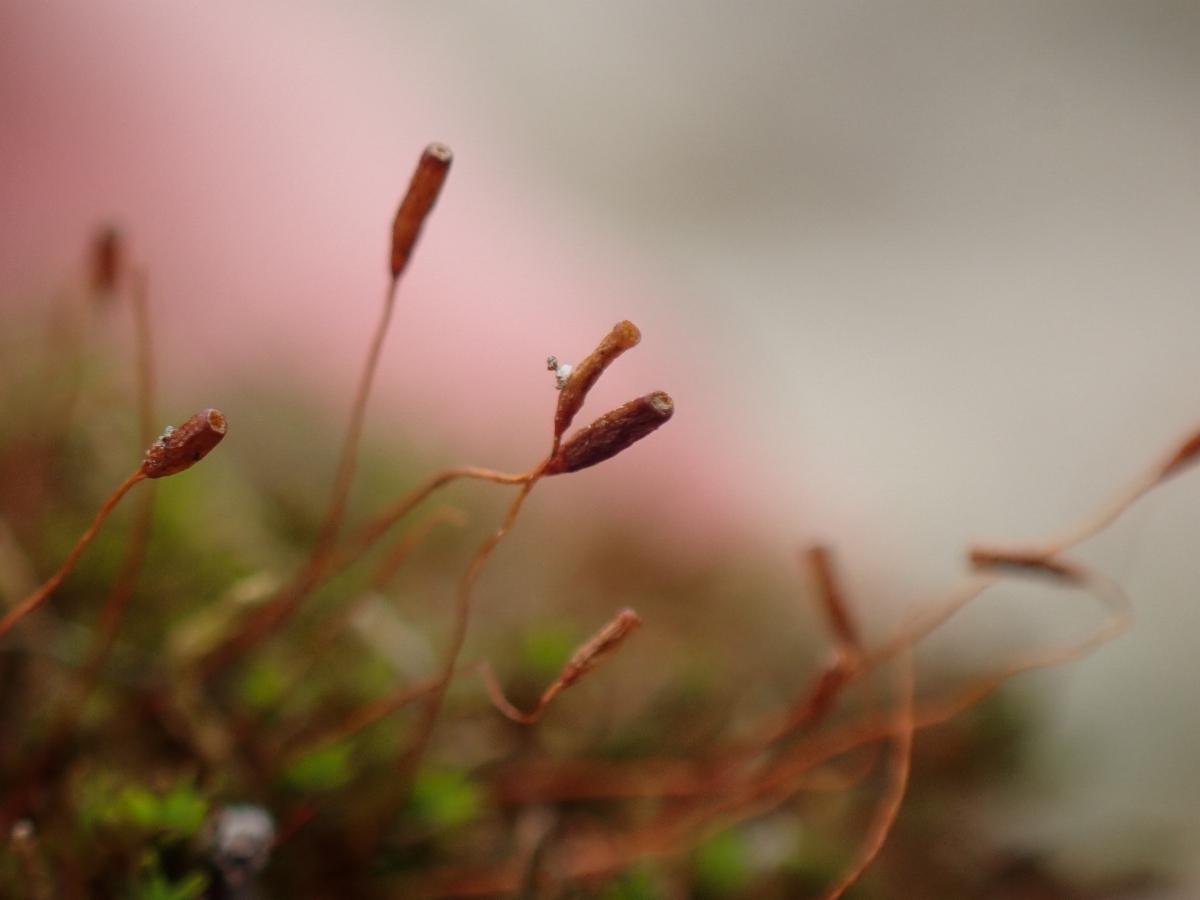
153189.jpg from: https://www.calflora.org/app/taxon?crn=13733
seta (stalk) and a cylindrical capsule.
Global Distribution and Habitat
This moss species has a widespread distribution, occurring on various continents, including North America, Europe, Asia, and Africa. It thrives in a range of habitats, from disturbed areas and roadsides to rock outcrops and soil banks. Bryoerythrophyllum recurvirostrum is often found in dry, exposed, and nutrient-poor environments, showcasing its remarkable adaptability.
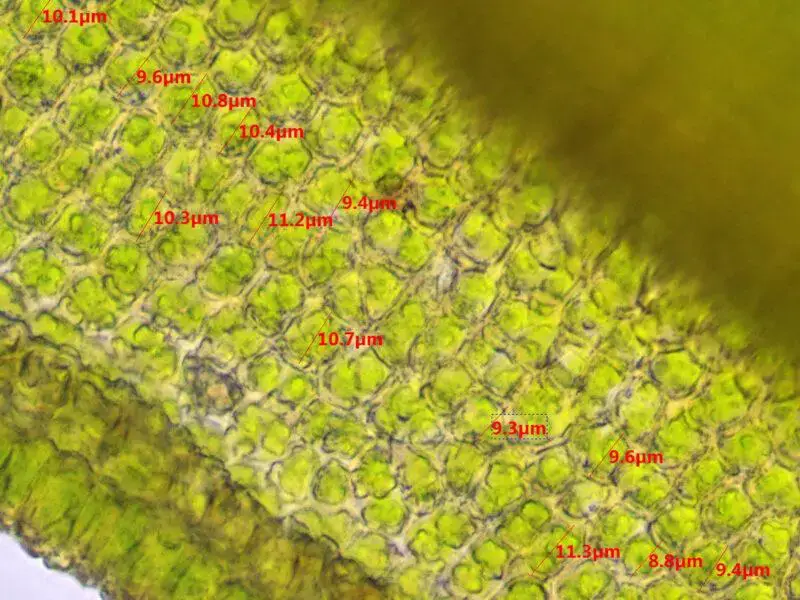
2020-08-16-09-39-59-800×600.jpg from: https://www.britishbryologicalsociety.org.uk/learning/species-finder/bryoerythrophyllum-recurvirostrum/
Ecological Roles and Adaptations
Despite its small stature, Bryoerythrophyllum recurvirostrum plays a vital role in its ecosystem. As a pioneer species, it contributes to soil formation and stabilization, paving the way for other plants to establish themselves. Additionally, its ability to absorb and retain moisture helps regulate the local microclimate, creating favorable conditions for other organisms.
This moss exhibits remarkable adaptations to its often harsh and dry environments. Its recurved leaf tips help minimize water loss, while its dense cushion growth form provides insulation and protection from desiccation. Furthermore, Bryoerythrophyllum recurvirostrum can undergo desiccation tolerance, enabling it to survive prolonged periods of drought by entering a dormant state and reviving when moisture becomes available.
Case Studies/Examples
In a study conducted in the Mojave Desert of North America, researchers found that Bryoerythrophyllum recurvirostrum played a crucial role in stabilizing soil and facilitating the establishment of other plant species in disturbed areas. Its presence significantly reduced soil erosion and created favorable conditions for the growth of vascular plants, contributing to the overall ecosystem recovery.

bryoerythrophyllum-recurvirostrum-3.jpg from: https://cronodon.com/BioTech/bryophytes-2.html
Technical Table
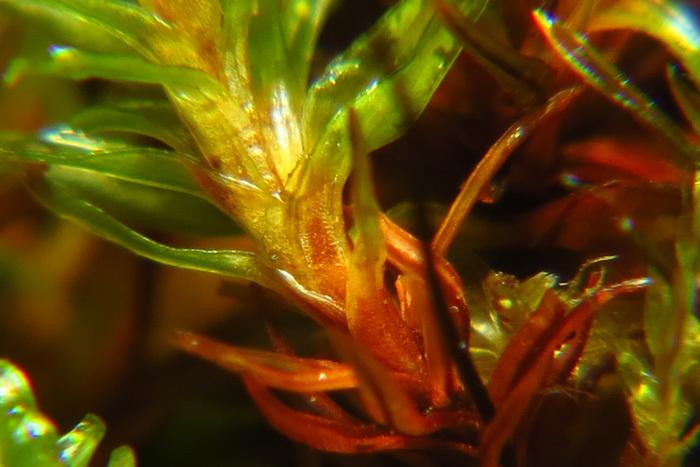
963522.jpg from: https://www.bio-forum.pl/messages/3280/963516.html
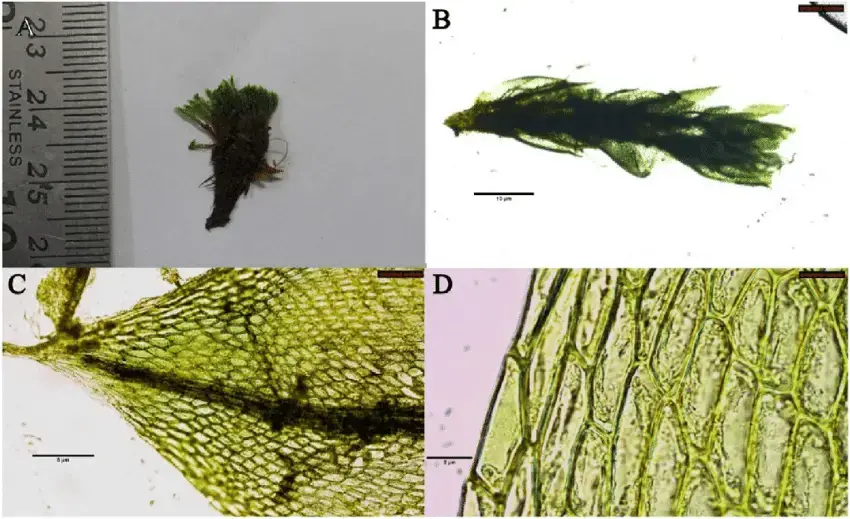
Bryoerythrophyllum-recurvirostrum-found-on-Larsemann-Hills-A-Shoots-of-gametophytes-B.png from: https://www.researchgate.net/figure/Bryoerythrophyllum-recurvirostrum-found-on-Larsemann-Hills-A-Shoots-of-gametophytes-B_fig4_353302200
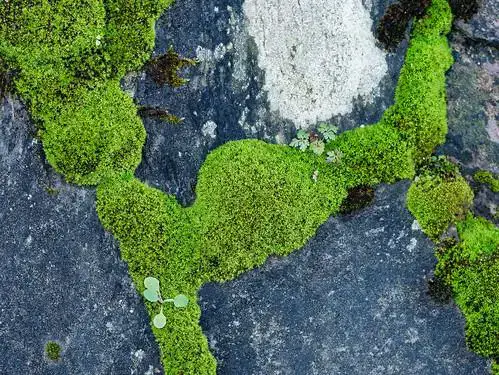
50960246986_7c2268ab42.jpg from: https://www.flickr.com/photos/154525892@N05/50960246986/

b_recurvirostre.jpg from: https://wnmu.edu/academic/nspages/gilaflora/bryoerythrophyllum_recurvirostre.html
| Characteristic | Description |
|---|---|
| Phylum | Bryophyta |
| Class | Bryopsida |
| Family | Pottiaceae |
| Genus | Bryoerythrophyllum |
| Species | Bryoerythrophyllum recurvirostrum (Hedw.) P.C.Chen |
| Growth Form | Dense tufts or cushions |
| Leaf Shape | Lanceolate to ovate-lanceolate |
| Leaf Tip | Recurved |
| Leaf Margin | Entire |
| Costa | Prominent, extending to leaf apex or slightly beyond |
| Sporophyte | Reddish-brown seta, cylindrical capsule |
| Habitat | Disturbed areas, roadsides, rock outcrops, soil banks |
| Distribution | North America, Europe, Asia, Africa |
| Adaptations | Desiccation tolerance, recurved leaf tips, dense cushion growth form |
Conclusion
Bryoerythrophyllum recurvirostrum, a humble yet remarkable moss species, serves as a testament to the resilience and adaptability of bryophytes. Its ability to thrive in harsh environments, contribute to soil formation, and facilitate ecosystem recovery makes it a true ecological champion. As we continue to explore and appreciate the intricate tapestry of nature, this unassuming moss reminds us of the importance of preserving and protecting even the smallest and most overlooked organisms, for they play a vital role in maintaining the delicate balance of our planet.
Ponder this: In a world where we often overlook the microscopic wonders around us, what other hidden gems might we be missing, and how can we foster a deeper appreciation for the intricate web of life that sustains us all?